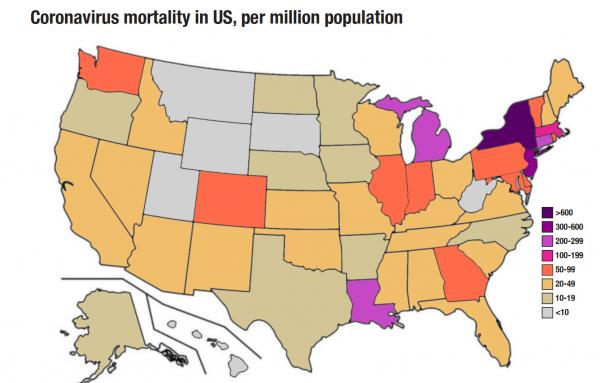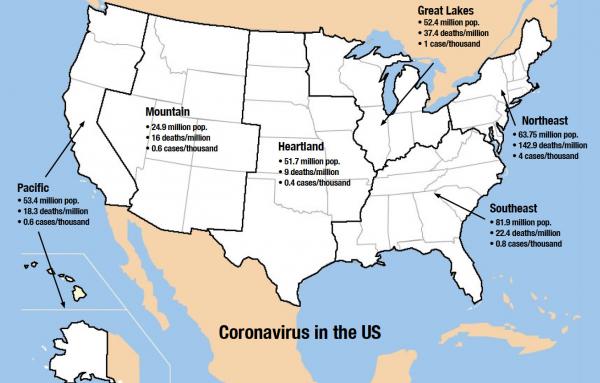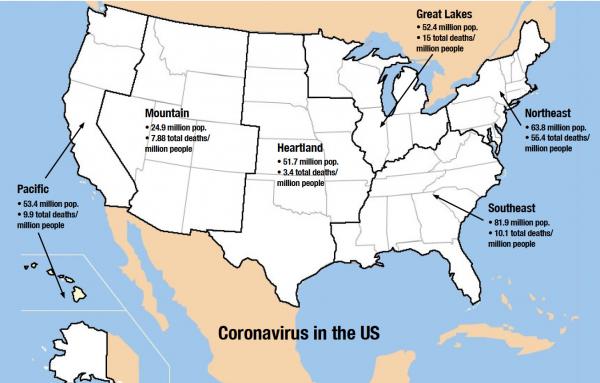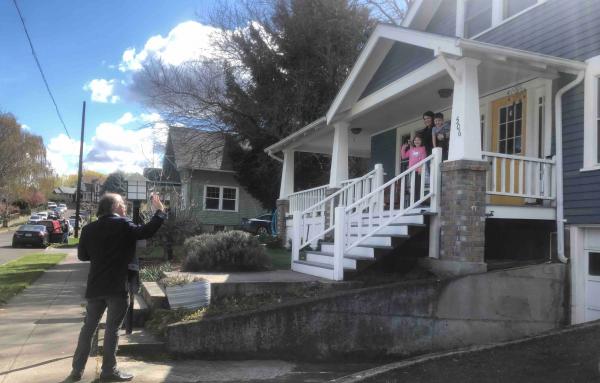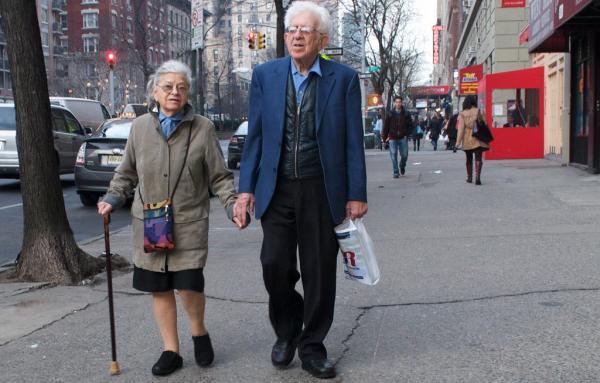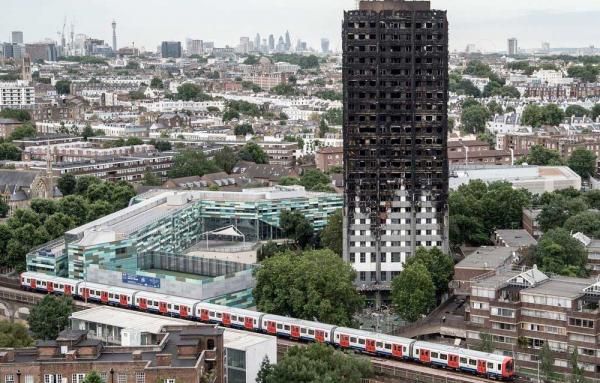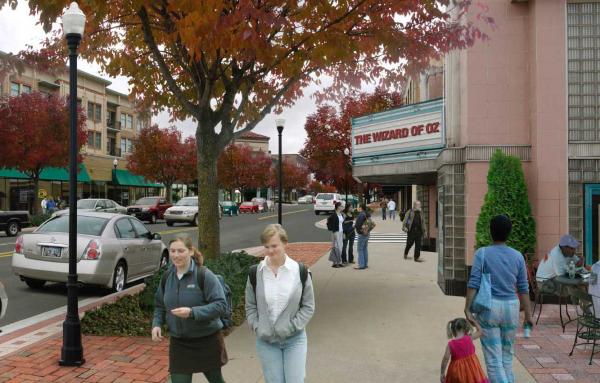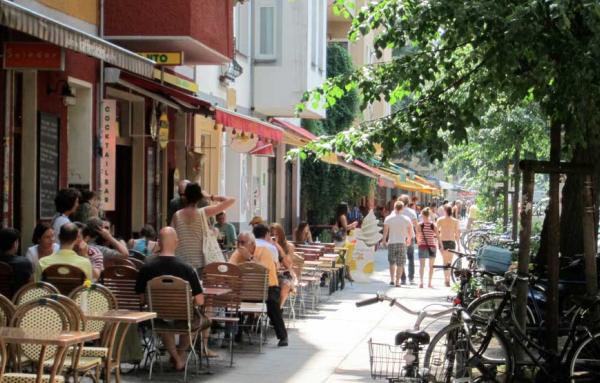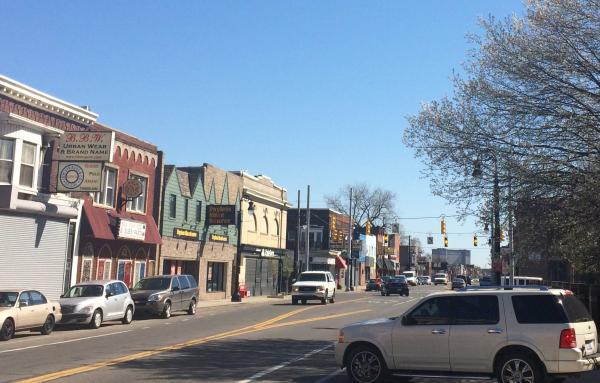Health
In this third State of Coronavirus in America report, Public Square examines the widely divergent health impacts across the US to look at how soon individual states may reopen their economies according to the new federal guidelines.
The virus appears to have peaked or plateaued across much of the US, even as New York and other hotspots bear the worst of the crisis.
Walkable communities will continue to be viewed as ideal for live, work, and play—but more responsibility will fall on community planners to accommodate new desires, needs, and expectations.
The way the virus has hit states and regions of the country differs greatly. The State of Coronavirus in America looks at divergent health impacts, including varying acceleration and hotspots.
The false duality between dense public spaces and isolated private ones misses the complexity of all the diverse—and relatively safe—urban places in between.
Ultimately, this crisis will highlight how much we need to come together in the real world, and cities are a big part of that.
Seniors have the most to gain from pedestrian and cycling improvements—yet they often feel threatened by changes that provide alternatives to driving. Here are ways to include seniors in active transportation planning.
It’s time for the fire service to become an active partner in overall public safety.
There are no adjacent streets, and fire engines had a difficult time reaching the building. It wasn't always this way.
A remarkable and growing body of literature is telling us that healthy communities need face-to-face interaction among their members, something that electronic media cannot replace. Physical places enable or prevent that interaction.
People tend to get more exercise, leading to a powerful salutory effect on health, in neighborhoods with four characteristics.
A holistic neighborhood plan created with the help of citizens is designed to improve health.
